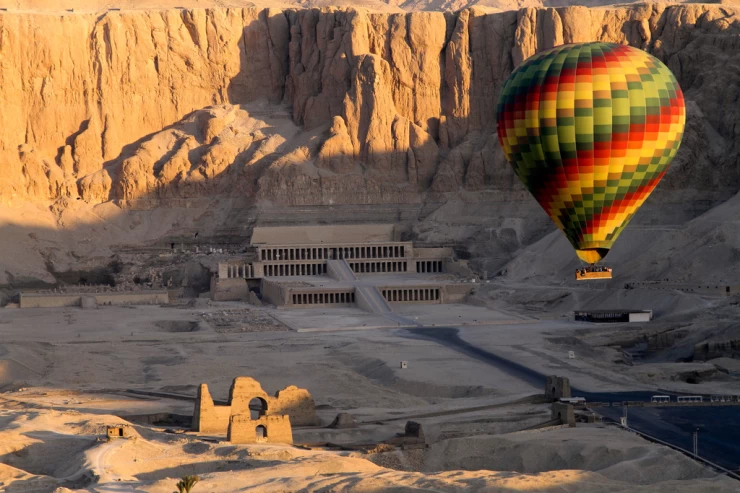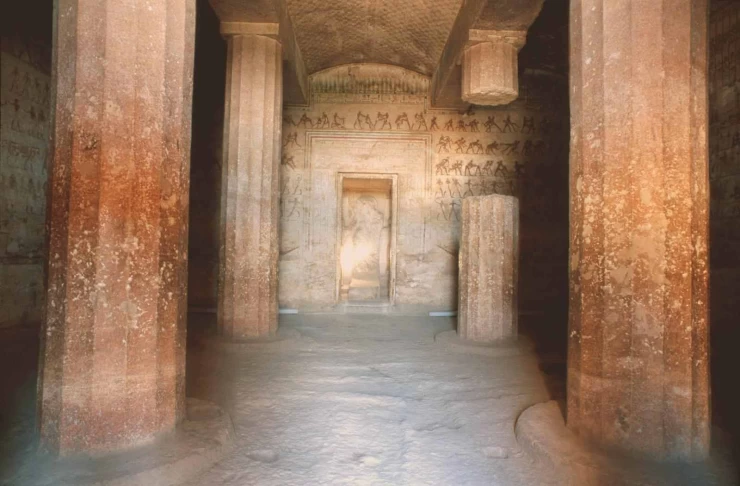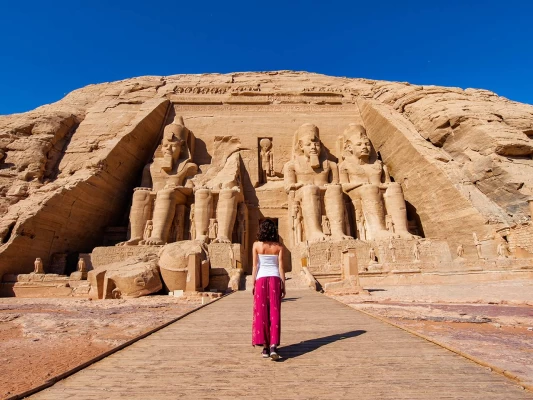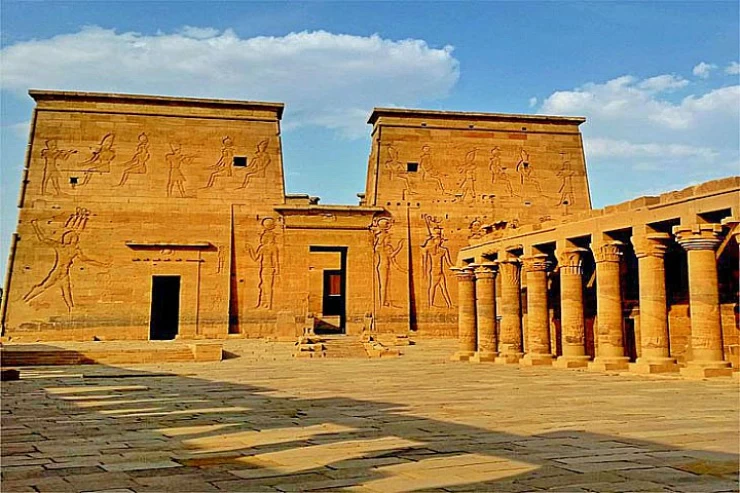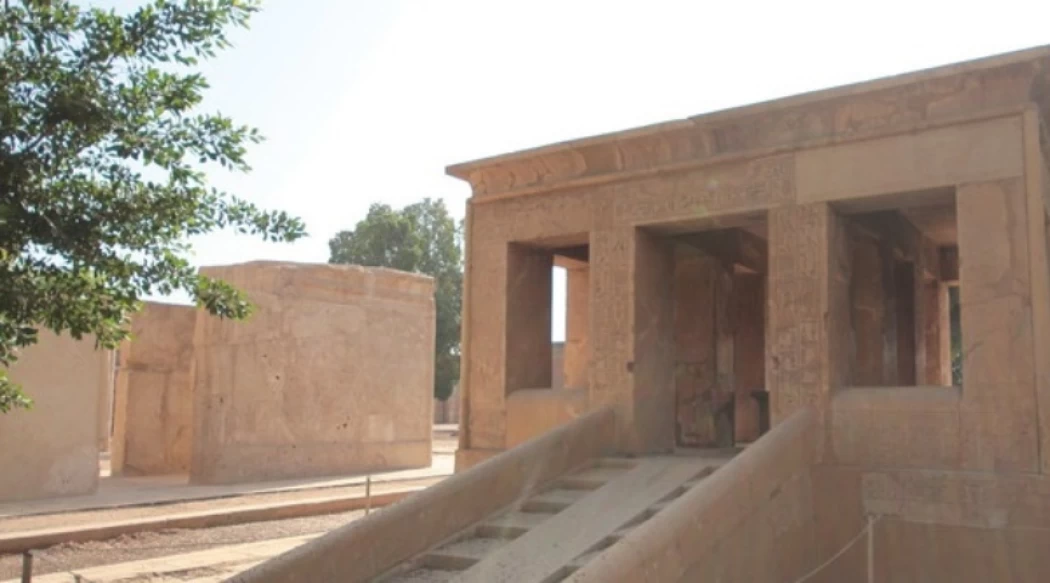
White Chapel Karnak
Info about White Chapel Karnak
The funerary temple of the White Chapel was discovered that is included in our Egypt tours, by the French archaeologist H. Chevrier, who directed the excavations of Karnak from 1926 to 1954, with an interruption during the Second World War. He finishes emptying the third pylon, excavates and begins to put back in place the second, explores the courtyard of the Middle Empire, and is responsible for relocating the monuments reused in the New Empire, which he will later publish, namely the alabaster chapel of Amenophis I, the "white chapel", and the Red chapel of Hatshepsut.
Now, It is located in the Open Air Museum at Karnak, you can discover it during your Egypt travel packages.
Around 2060 BC. Egypt emerged from a long crisis. During two dynasties, the XI and XII, from 2133 to 1785, three pharaonic lineages, the Mentuhotep the Amenemhat, and Sesostris, ruled a prosperous country again whose architectural work, unfortunately, has almost completely disappeared. Some monuments, dismantled with great care, were used as foundations of their own buildings by the kings of the new Empire. However, it is possible to admire the "white chapel" of Sesostris I, rebuilt by the French architect Chevrier and exhibited in Karnak, in the "open-air museum"
But above all, we must remember the so-called White Chapel of Sesostris I in Karnak that is included in our Luxor day tours. This is a small chapel that was to be erected inside the enclosure of the temple of Anion at Karnak temple, Thebes. However, it was dismantled during the New Empire and its blocks have been found in recent times in the foundations of a pylon of Amenhotep III so that it could be reconstructed as if it were a big puzzle, but instead, we ignore what was its exact location within the great temple. All this amazing historical information will be more relevant during your Egypt day tours at Luxor.
The chapel was built with blocks of very fine white limestone, and hence the name that has been attributed to modern. It consists of a raised quadrangular plinth, which is accessed by two staircases located on opposite sides and on which stand sixteen pilasters supporting the architraves and the roof terrace. The whole chapel is decorated with delicate polychrome hieroglyphs of perfect execution. This monument, in short, is an excellent example of the extraordinary beauty of Egyptian architecture, already from the beginning of the XIIth Dynasty. This chapel is one of our main sights that is included in our Egypt Classic tours.
Although giant pyramids of carved stone such as those of the plain of Giza were no longer built, the symbol was not abandoned. The pharaohs of the time were content with more modest pyramids, some almost entirely of brick. However, a place like List, south of Cairo, testifies to a greatness still perceptible, despite the attacks inflicted on the funerary complexes of Sesostris.
Amenophis III reused his constructions for the filling of the third pylon: a ritual jetty in alabaster of great fineness, where it appears associated with Thutmose I, a copy in the limestone of the white chapel of Sesostris I, and various fragments from rooms later rebuilt by Thutmose III.if you are interested in discovering the great pyramids, it is considered one of the seven wonders, book our Cairo day tours.
In Aswan, there is a cool place called Qubbet EL-Hawa | Dome Of The Wind. It's a special place where you can learn about how people lived a long time ago in Egypt. You can even pretend you are there and see all the awesome things they had a long time ago.







